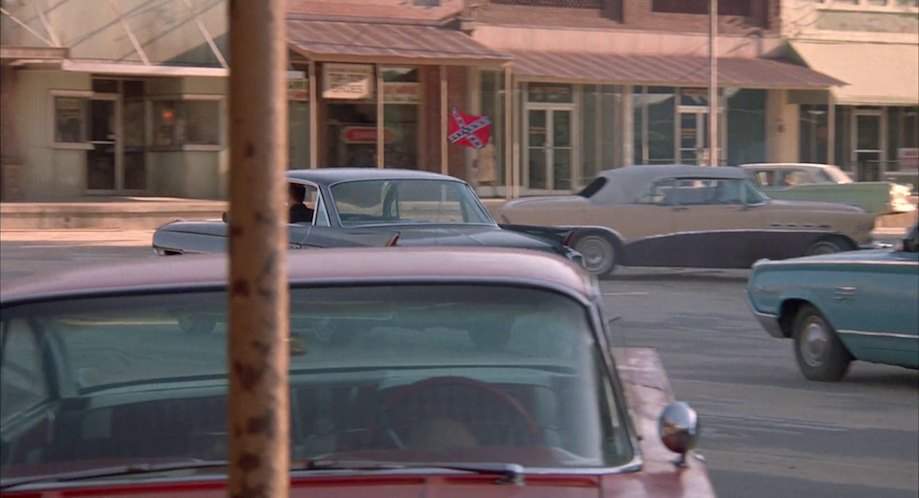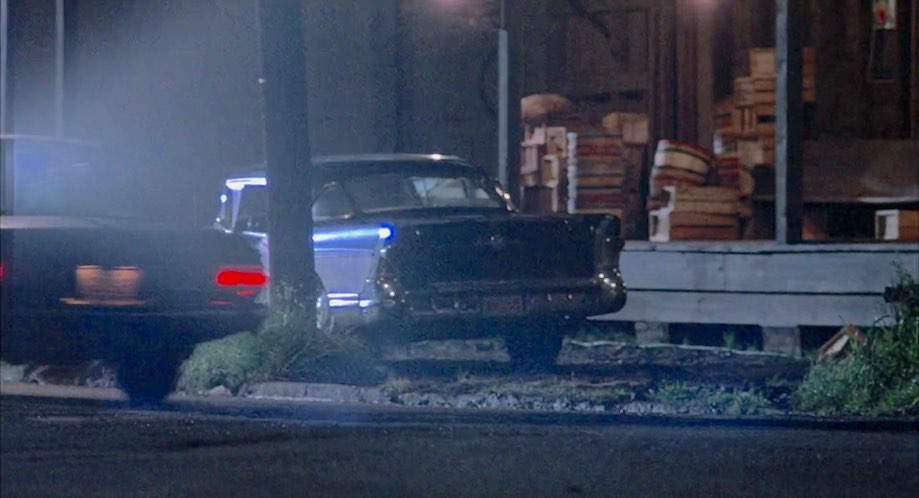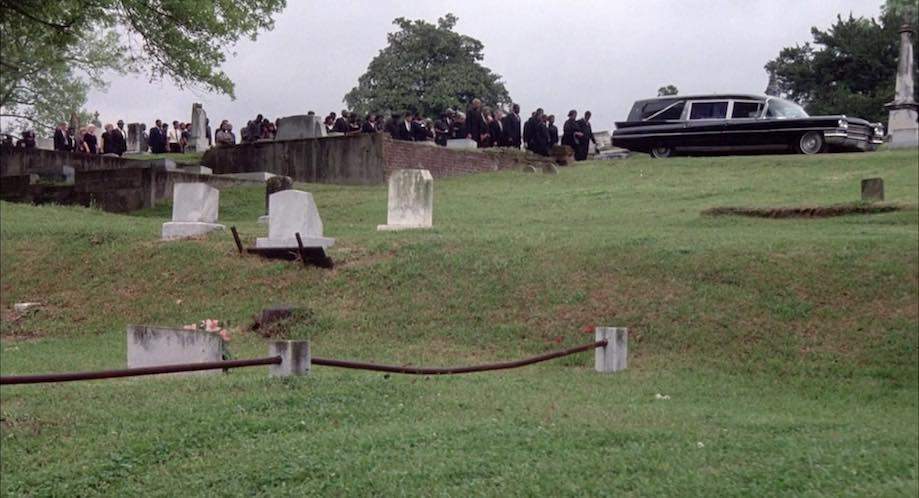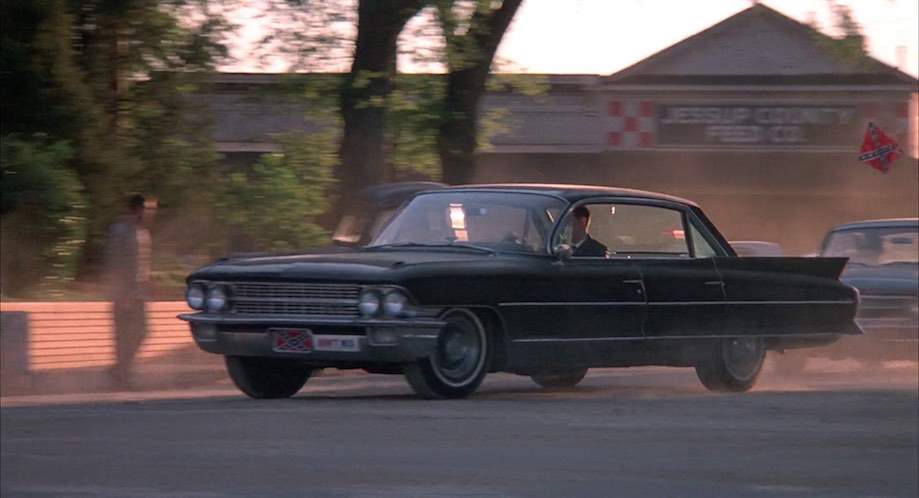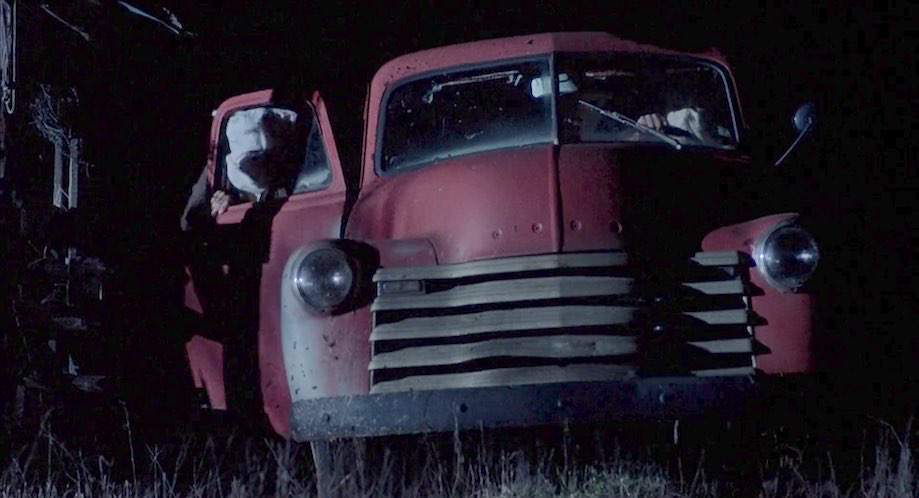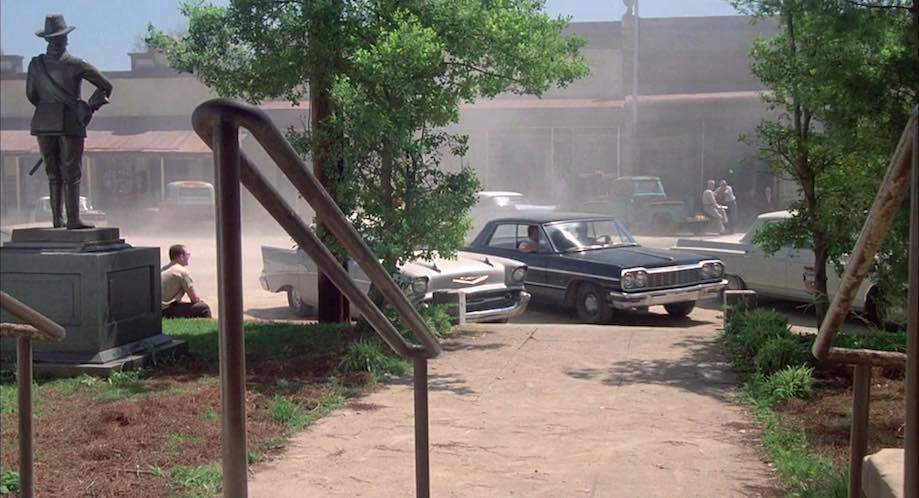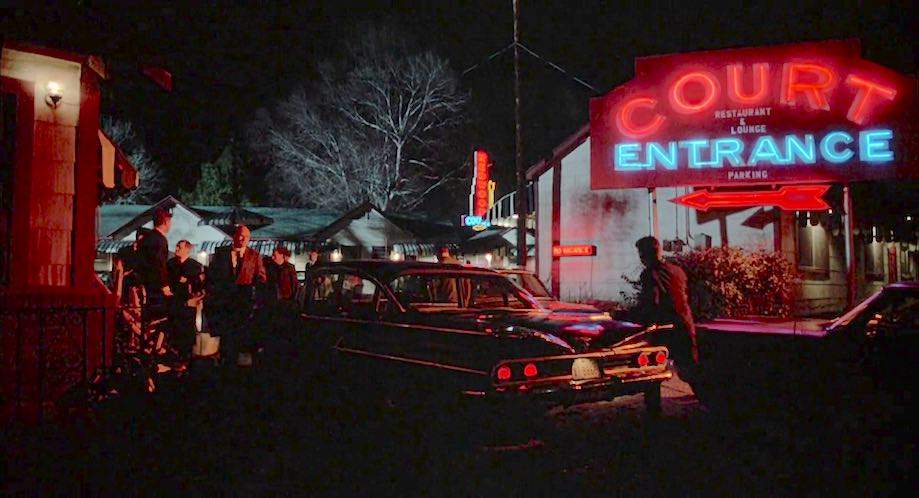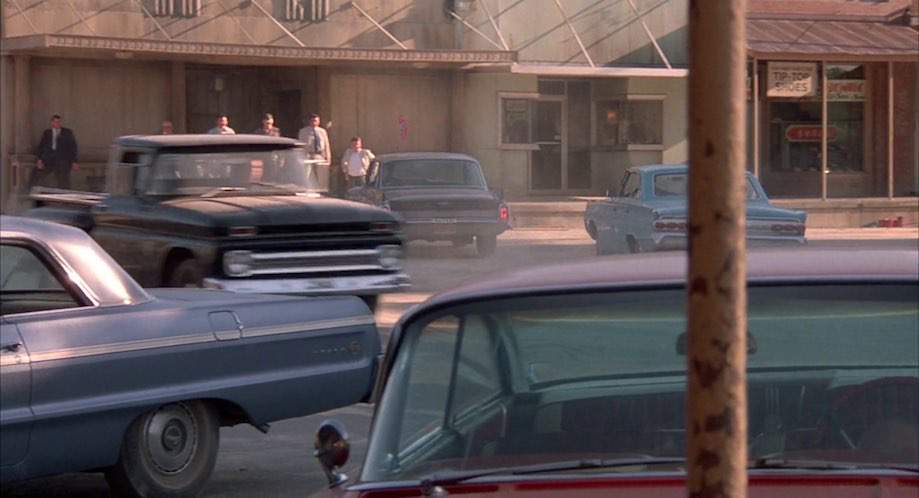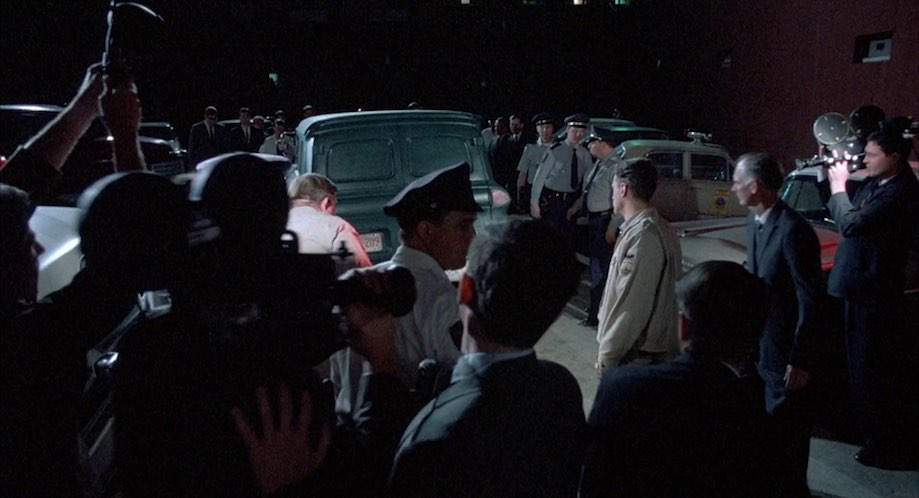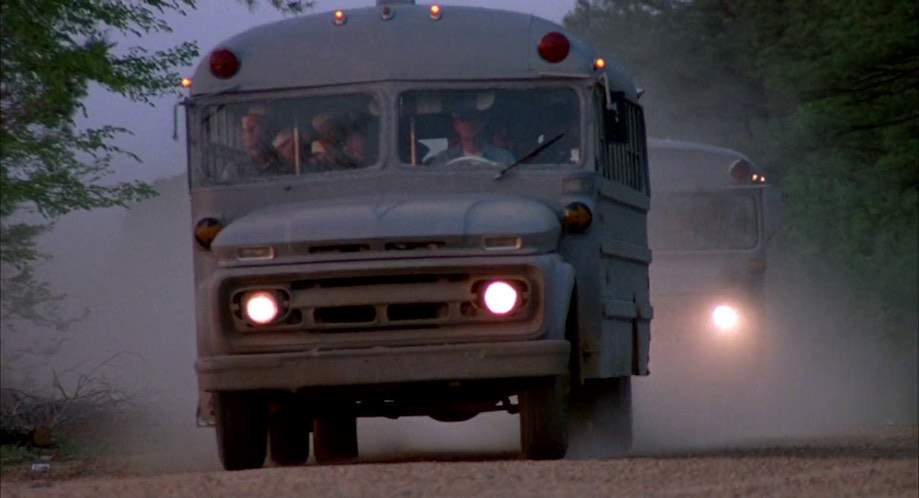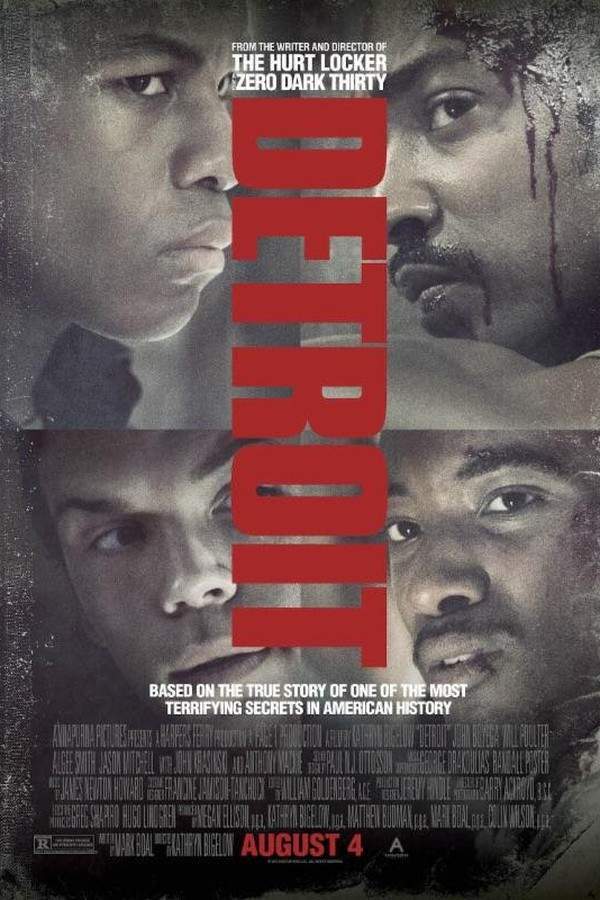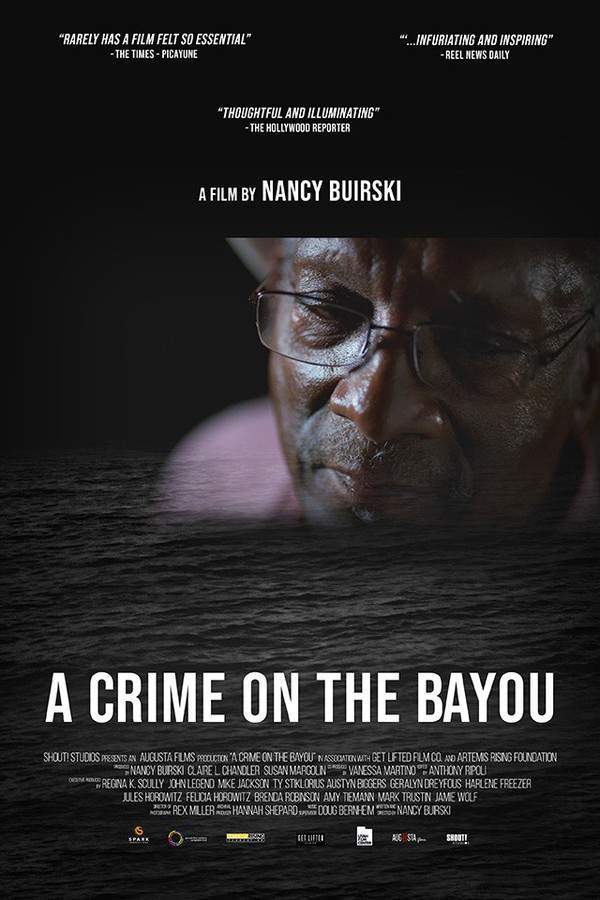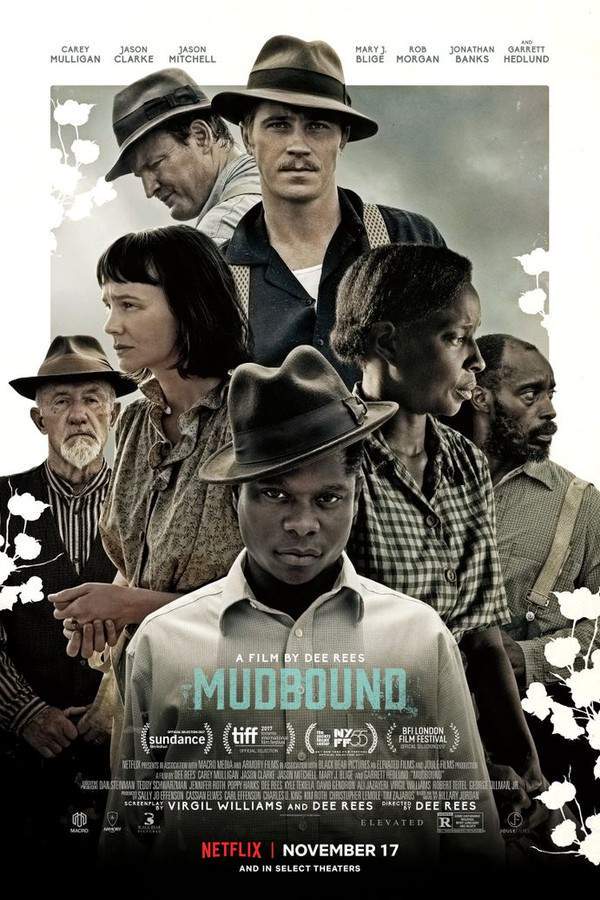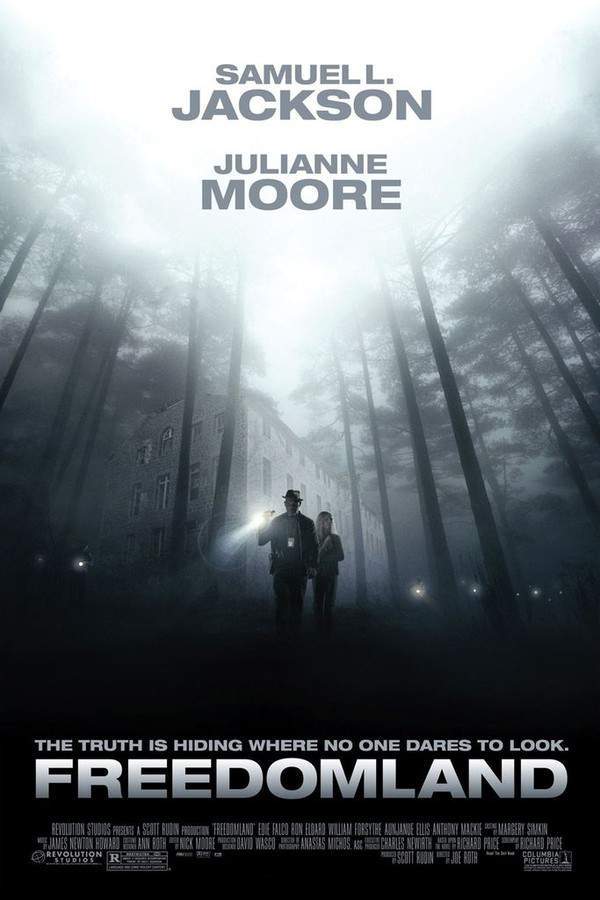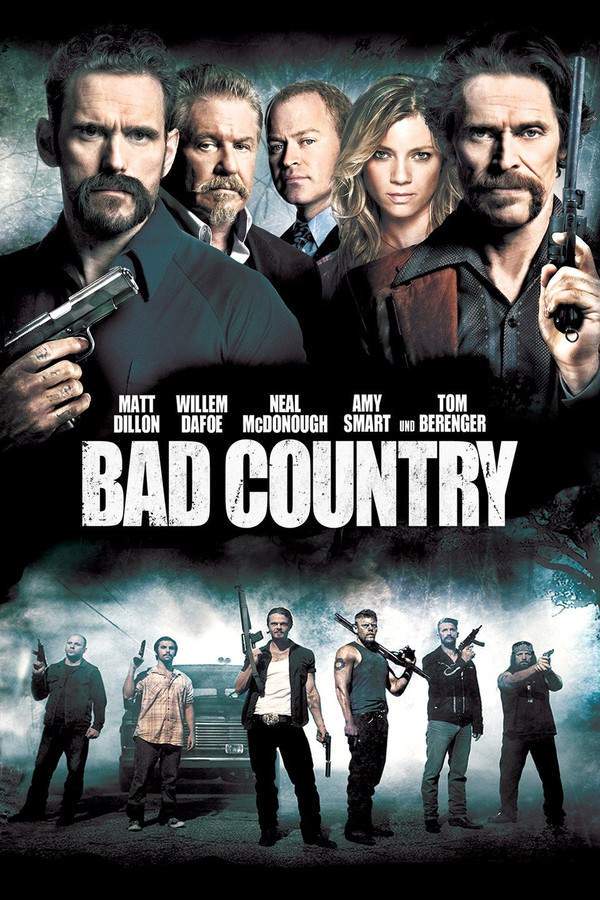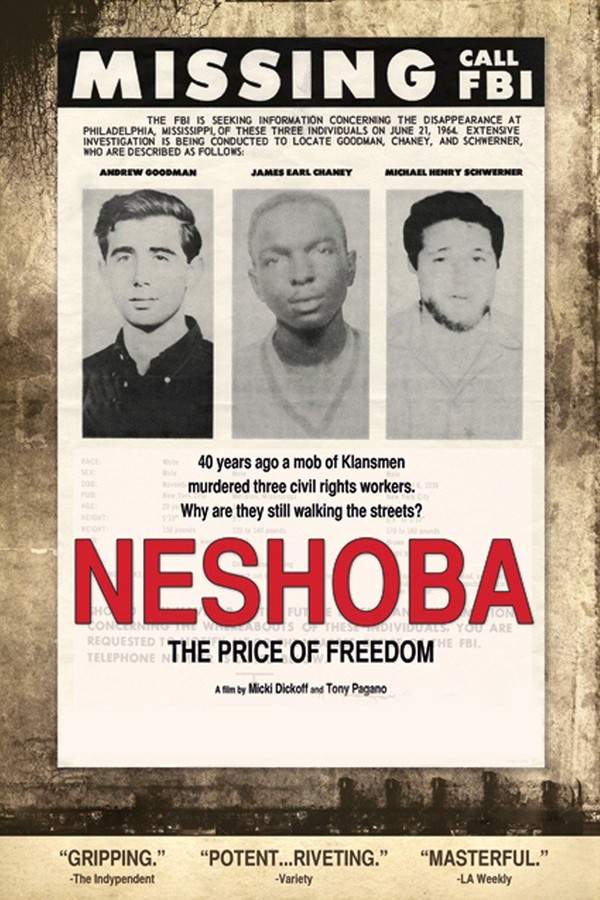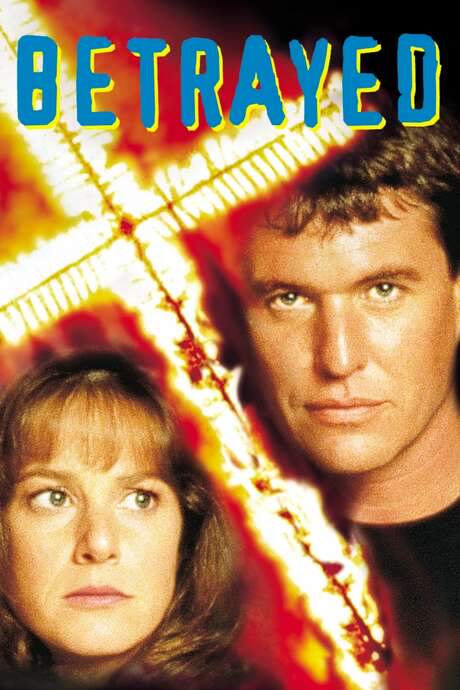Mississippi Burning 1989
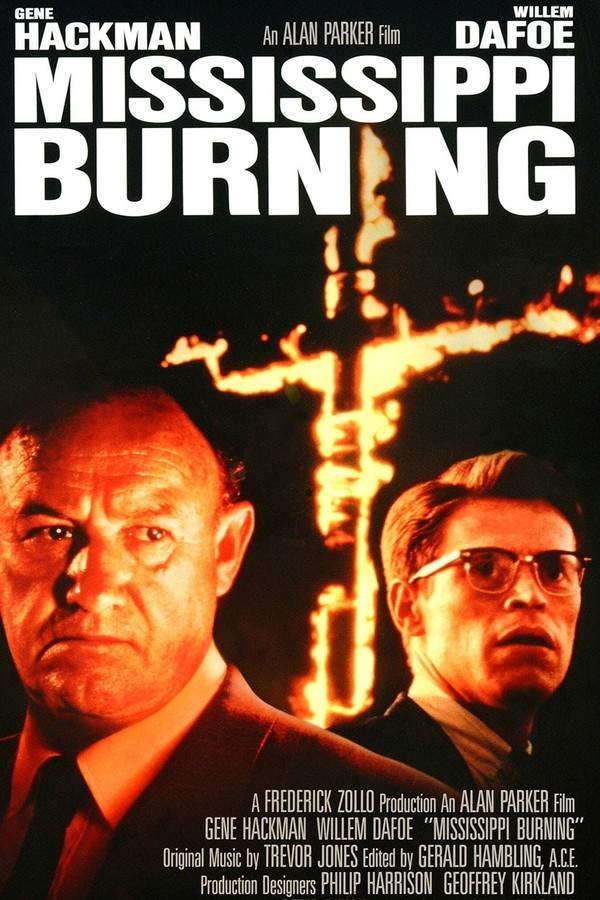
In 1964 Mississippi, two FBI agents, Alan Ward and Rupert Anderson, are dispatched to investigate the disappearance of three civil rights workers. Their investigation quickly reveals a community deeply entrenched in racial prejudice and resistance to federal intervention. As the agents navigate a hostile environment and encounter obstruction from local law enforcement, their contrasting methods and personal beliefs lead to conflict, ultimately pushing them to take increasingly risky actions in their pursuit of justice and the truth behind the disappearances.
Does Mississippi Burning have end credit scenes?
No!
Mississippi Burning does not have end credit scenes. You can leave when the credits roll.
Meet the Full Cast and Actors of Mississippi Burning
Explore the complete cast of Mississippi Burning, including both lead and supporting actors. Learn who plays each character, discover their past roles and achievements, and find out what makes this ensemble cast stand out in the world of film and television.
External Links and Streaming Options
Discover where to watch Mississippi Burning online, including streaming platforms, rental options, and official sources. Compare reviews, ratings, and in-depth movie information across sites like IMDb, TMDb, Wikipedia or Rotten Tomatoes.
Ratings and Reviews for Mississippi Burning
See how Mississippi Burning is rated across major platforms like IMDb, Metacritic, and TMDb. Compare audience scores and critic reviews to understand where Mississippi Burning stands among top-rated movies in its genre.

65
Metascore
7.7
User Score


79%
TOMATOMETER

90%
User Score

77
%
User Score
Take the Ultimate Mississippi Burning Movie Quiz
Challenge your knowledge of Mississippi Burning with this fun and interactive movie quiz. Test yourself on key plot points, iconic characters, hidden details, and memorable moments to see how well you really know the film.
Mississippi Burning Quiz: Test your knowledge on the film 'Mississippi Burning' and its exploration of civil rights and racial tensions.
What year does the film 'Mississippi Burning' take place?
1960
1964
1968
1972
Show hint
Awards & Nominations for Mississippi Burning
Discover all the awards and nominations received by Mississippi Burning, from Oscars to film festival honors. Learn how Mississippi Burning and its cast and crew have been recognized by critics and the industry alike.
43rd British Academy Film Awards 1990

Best Cinematography
Best Editing
Best Original Music
The 61st Academy Awards 1989
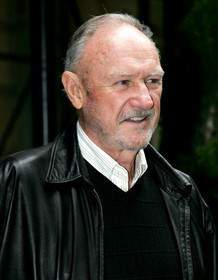

Cinematography

Film Editing
Best Picture
Sound
46th Golden Globe Awards 1989
Best Motion Picture – Drama


Best Screenplay
Full Plot Summary and Ending Explained for Mississippi Burning
Read the complete plot summary of Mississippi Burning, including all major events, twists, and the full ending explained in detail. Explore key characters, themes, hidden meanings, and everything you need to understand the story from beginning to end.
As the sweltering summer of 1964 transitioned into a season fraught with turmoil and chaos, three brave activists—two of whom were Jewish and one African American—mysteriously disappeared while striving to empower black voters in Jessup County, Mississippi. In an effort to uncover the truth, the Federal Bureau of Investigation dispatched investigators Alan Ward and Rupert Anderson, who approached the case with starkly different methodologies. While Ward, a seasoned Northerner, relied heavily on procedures and protocols, Anderson, a former sheriff familiar with local culture and politics, brought an essential perspective to the investigation.
Their pursuit of justice faced significant opposition from Sheriff Ray Stuckey and his deputies, who held considerable sway over the local community and were secretly connected to a faction of the Ku Klux Klan. The FBI’s attempts to gather intelligence were met with resistance and hostility, indicating that the community was reluctant to reveal the truth.
A breakthrough emerged when the son of a local pastor courageously stepped forward to share a haunting story: he had witnessed Klansmen setting fire to a home. This revelation triggered the arrest of three white men for felony arson, yet the quest for justice remained elusive. A local judge, more interested in upholding the status quo than enforcing the law, delivered a mere slap on the wrist in the form of a suspended sentence, dismissing the FBI’s presence as that of “outside agitators” who had incited violence.
This unjust ruling set the stage for further violence. The three convicted men, invigorated by their leniency, launched a vicious attack on the young witness and his father, leaving them bruised but alive. In response, the FBI promptly evacuated the family, only to discover that they were up against a deeply entrenched system that opposed their values.
In a pivotal moment, Anderson nurtured a connection with Deputy Sheriff Clinton Pell’s wife, leading to a heartbreaking confession: her husband and his Klan allies had murdered the three missing activists and concealed their bodies in an earthen dam. This chilling discovery sent shockwaves throughout the nation, revealing that the activists’ disappearance was a deliberate act of murder. Consequently, Pell turned his fury against his wife for her betrayal.
As tensions escalated between Ward and Anderson, their differing approaches clashed explosively, culminating in a physical confrontation from which Ward emerged victorious, albeit reluctantly acknowledging the limitations of his methods. This acknowledgment inspired Anderson to devise a bold new plan: to indict the Klan members on civil rights violations instead of murder charges. Meanwhile, the FBI escalated matters by forcibly abducting Mayor Tilman to an isolated location, where he was confronted by a black man threatening harm unless he divulged crucial information. This coerced confession provided a vital breakthrough in the investigation.
As pressure mounted, Anderson and Ward hatched a strategy to ensnare identified Klan members, but they soon realized they had been outmaneuvered and had to abort their plan. The FBI then turned its focus to Lester Cowens, a figure within the Klan showing signs of distress, which they hoped to exploit for a confession. In a fit of rage following the attack on his wife, Anderson instigated a brawl with Pell at a local barbershop, only to leave abruptly. Later, Cowens found himself in a terrifying situation when agents staged an attack at his home, disguising themselves in Klan attire, but came to his aid just as doom seemed imminent.
In a surprising twist, Cowens chose to turn against his fellow Klansmen who had threatened him after he disclosed information to the FBI. This courageous decision led to the indictment of several Klan members for civil rights violations, representing a pivotal move away from state murder charges to federal prosecution. Unlike the lesser state charges, many perpetrators faced justice under federal law, although Sheriff Stuckey evaded consequences.
The FBI’s tragic discovery of Tilman’s body hanging from a tree raised alarming questions for Agent Bird, while Ward revealed that Tilman had been pivotal not as a criminal but as a key witness. In the wake of chaos, Mrs. Pell returned to her vandalized home, determined to rebuild her life, liberated from her husband’s oppressive shadow.
As Anderson and Ward prepared to depart, they paid a heartfelt visit to an integrated congregation united in mourning at an African American cemetery, where a desecrated gravestone bore the somber inscription “Not Forgotten.” This moment served as an indelible reminder of the profound impact of hate crimes and the enduring spirit of those who fought against such atrocities.
Uncover the Details: Timeline, Characters, Themes, and Beyond!

Coming soon on iOS and Android
The Plot Explained Mobile App
From blockbusters to hidden gems — dive into movie stories anytime, anywhere. Save your favorites, discover plots faster, and never miss a twist again.
Sign up to be the first to know when we launch. Your email stays private — always.
Watch Trailers, Clips & Behind-the-Scenes for Mississippi Burning
Watch official trailers, exclusive clips, cast interviews, and behind-the-scenes footage from Mississippi Burning. Dive deeper into the making of the film, its standout moments, and key production insights.
Cars Featured in Mississippi Burning
Explore all cars featured in Mississippi Burning, including their makes, models, scenes they appear in, and their significance to the plot. A must-read for car enthusiasts and movie buffs alike.
Mississippi Burning Themes and Keywords
Discover the central themes, ideas, and keywords that define the movie’s story, tone, and message. Analyze the film’s deeper meanings, genre influences, and recurring concepts.
Mississippi Burning Other Names and Titles
Explore the various alternative titles, translations, and other names used for Mississippi Burning across different regions and languages. Understand how the film is marketed and recognized worldwide.
Similar Movies To Mississippi Burning You Should Know About
Browse a curated list of movies similar in genre, tone, characters, or story structure. Discover new titles like the one you're watching, perfect for fans of related plots, vibes, or cinematic styles.
Quick Links: Summary, Cast, Ratings, More

What's After the Movie?
Not sure whether to stay after the credits? Find out!
Explore Our Movie Platform
New Movie Releases (2025)
Famous Movie Actors
Top Film Production Studios
Movie Plot Summaries & Endings
Major Movie Awards & Winners
Best Concert Films & Music Documentaries
Movie Collections and Curated Lists
© 2025 What's After the Movie. All rights reserved.














